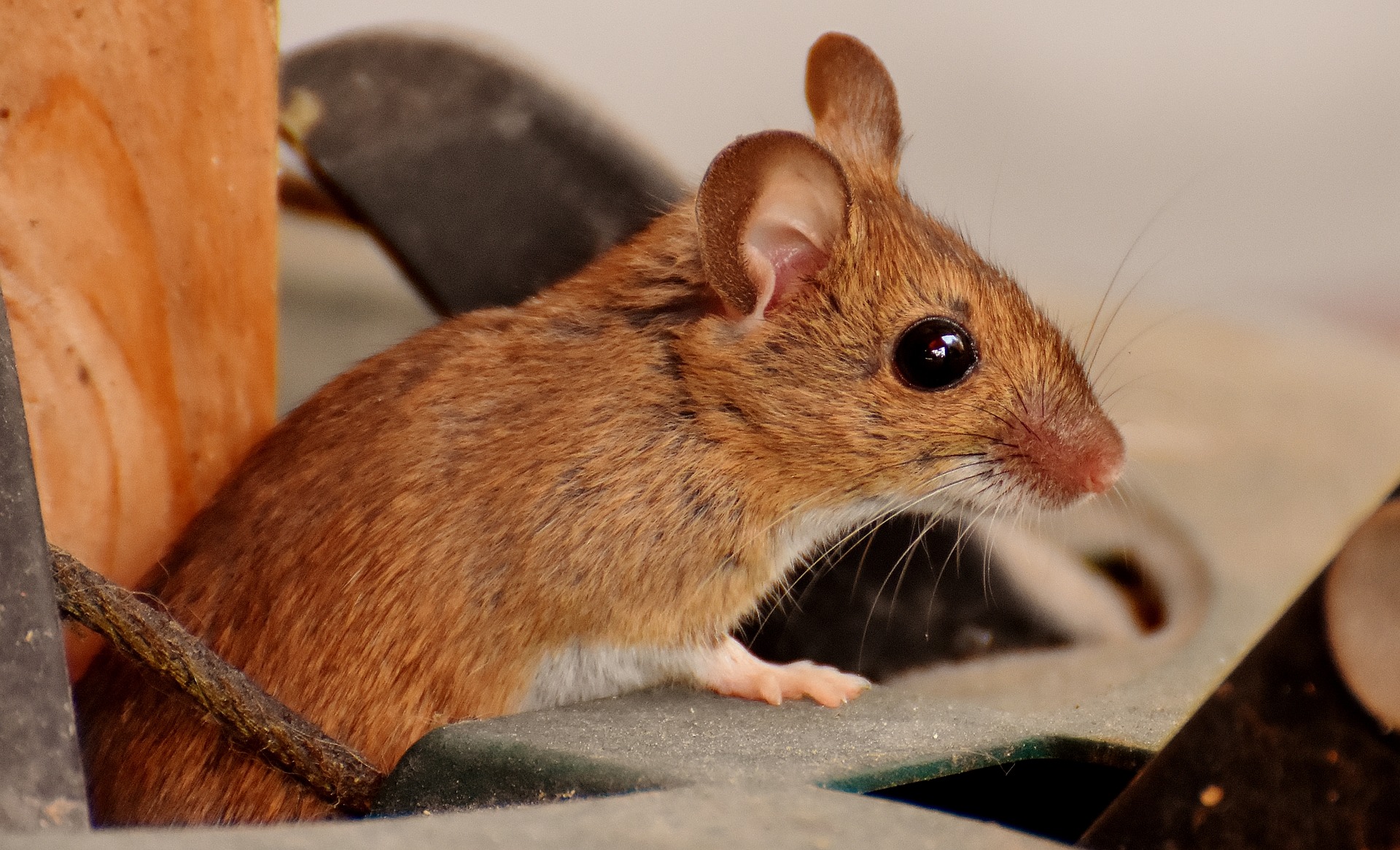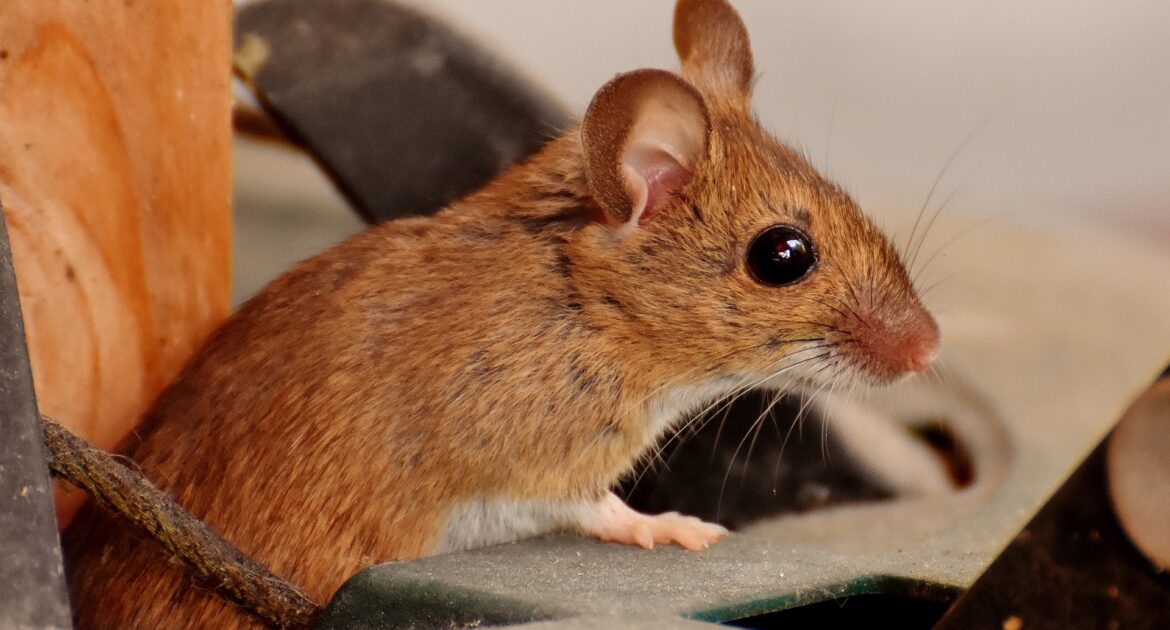Imagine you’re sitting in your cozy living room, sipping a cup of coffee. All is calm until you hear the faint pitter-patter of tiny feet behind your walls. You pause, wondering what’s occupying that hidden space. Whether you find it alarming or merely curious, understanding the communication and social interactions among wild mice can shed light on why these furry visitors have chosen your home.
Mice have quite the communication toolkit, using various vocalizations, body language, and scent markings to chat with each other. If you start hearing these sounds, it might be a sign that you’ve got some uninvited mouse guests in your home.
This blog will not only explore the fascinating world of wild mice but also help homeowners make informed decisions for managing these unexpected guests. We will also discuss the use of professional wildlife control in Plymouth.
The Secret World of Mice Communication
Mice are far from silent inhabitants. They use a range of vocalizations, body language, and scent markings to communicate with each other. These interactions are essential for their survival, helping them find food, avoid danger, and even form social bonds. High-frequency sounds, which are inaudible to humans, play a significant role in their communication. These ultrasonic calls help attract mates, signal distress, and establish dominance hierarchies within their communities.
Body language is another critical aspect of mouse communication. They use various postures and movements to express emotions and intentions. For example, a raised tail might signal aggression, while grooming behaviors can indicate social bonding. Additionally, scent glands located on their bodies allow them to leave chemical signals, marking their territories and identifying individual mice within a group.
Understanding these communication methods not only provides insight into their behavior but also explains why homeowners might notice increased activity during certain times of the year. For instance, mating season often leads to more vocalizations and movements as male mice seek out potential mates.
Social Structures Among Wild Mice
Wild mice are social creatures that live in complex communities. These groups typically consist of a dominant male, several females, and their offspring. The social structure is hierarchical, with the dominant male exerting control over the group. This hierarchy is established through various forms of communication, including vocalizations, scent markings, and physical confrontations.
The social bonds within a mouse community are strong, and members often engage in mutual grooming and cooperative behaviors. These interactions help maintain group cohesion and reduce stress levels among individuals. Female mice, in particular, play a crucial role in rearing the young and ensuring the group’s overall well-being.
In addition to their immediate family groups, wild mice also form alliances with other neighboring groups. These alliances can provide additional protection against predators and increase access to food resources. However, conflicts between different mouse communities can also arise, leading to territorial disputes and aggressive encounters.
The intricate social structures and interactions among mice highlight their adaptability and resourcefulness. For homeowners, understanding these dynamics can offer valuable insights into why mice may choose to settle in certain areas of a house and how they interact with their surroundings.
How Mice Use Scent Marking and What It Means for Homeowners
Mice rely heavily on scent marking to communicate and maintain order within their social structure. Through specialized scent glands on their faces, feet, and bodies, they leave behind chemical signals that convey vital information about identity, territory, and reproduction.
Key Roles of Scent Marking:
- Territory Establishment:
Dominant male mice mark boundaries to define their territory and ward off rivals. This reduces conflicts and ensures access to resources and mates within their domain. - Reproductive Signals:
Female mice use scent marks to announce their fertility, attracting potential mates. Males respond with their own scent marks to show dominance and readiness for mating. - Social Identification:
Every mouse has a unique scent profile. These individual markers help mice recognize group members, distinguishing friends from strangers, which is crucial for maintaining social bonds and reducing stress.
What Homeowners Should Know:
Scent markings offer clues about mouse activity in a home:
- Signs of Infestation: Areas with frequent scent markings may indicate hotspots of mouse activity.
- Understanding Behavior: Knowing mice use these marks for communication and territory can help identify the scale of an infestation and potential entry points.
By understanding how mice communicate through scent, homeowners can take targeted steps to manage infestations. For safe and effective solutions, professional wildlife control services can ensure your home is rodent-free without harm to the animals.
How Mice Communicate and Build Social Bonds
Mice rely on strong social bonds for their survival and well-being. These connections are built through different forms of communication, helping maintain order and cooperation within their groups. For homeowners, understanding these behaviors can shed light on mouse infestations and assist in taking effective actions.
Methods of Mouse Communication:
- Vocalizations:
- Mice use various sounds, such as high-pitched squeaks, to express emotions like distress or aggression.
- Softer vocalizations are signals of comfort or bonding, often heard during grooming or social interactions.
- Scent Marking:
- Mice leave chemical signals to identify themselves, mark territories, and communicate reproductive status—a key part of maintaining group cohesion.
- Physical Interactions:
- Grooming and playful activities strengthen social bonds, reduce stress, and promote harmony within their groups.
What This Means for Homeowners:
- Signs of Activity: Observing mouse behaviors, like frequent squeaking or grooming patterns, can help identify the extent of an infestation.
- Targeted Action: Understanding their communication methods can pinpoint where they gather or how to block their entry points effectively.
By recognizing how mice use communication to build their social structures, homeowners can better understand their behavior and take smarter steps to manage infestations.
Why Homeowners Should Trust Skedaddle for Wildlife Control in Plymouth
When it comes to managing a mouse infestation, it’s essential to turn to professionals who understand the complexities of mouse behavior and communication. Skedaddle Humane Wildlife Control is dedicated to providing humane and effective solutions for dealing with unwanted wildlife, including mice.
Skedaddle’s approach focuses on exclusion and prevention rather than trapping or relocating. This method not only ensures the humane treatment of animals but also addresses the root cause of the infestation, preventing future issues. By sealing entry points and implementing long-term solutions, Skedaddle helps homeowners maintain a mouse-free environment.
Additionally, Skedaddle’s team of experts is well-versed in the latest techniques and technologies for managing wildlife. They offer personalized assessments and tailored solutions to meet the unique needs of each home, ensuring the most effective and humane results.
For homeowners seeking reliable and humane solutions for managing a mouse infestation, Skedaddle Humane Wildlife Control is the trusted choice. With their expertise and commitment to customer satisfaction, homeowners can rest assured that their homes will be protected from unwanted wildlife.
Skedaddle Provides Humane Solutions
Understanding the communication and social interactions among wild mice offers valuable insights into their behavior and helps homeowners manage potential infestations more effectively. From vocalizations and scent marking to social structures and seasonal activity, mice exhibit a complex array of behaviors that are essential for their survival.
For homeowners facing a mouse infestation, Skedaddle Humane Wildlife Control in Hennepin County provides expert, humane solutions that focus on prevention and long-term results. By choosing Skedaddle, homeowners can ensure that their homes remain mouse-free while promoting the humane treatment of wildlife.
If you’re ready to take control of your mouse problem and protect your home from future infestations, contact Skedaddle in Plymouth today. Our team of experts is here to help you every step of the way, ensuring a safe and effective solution for your home.




